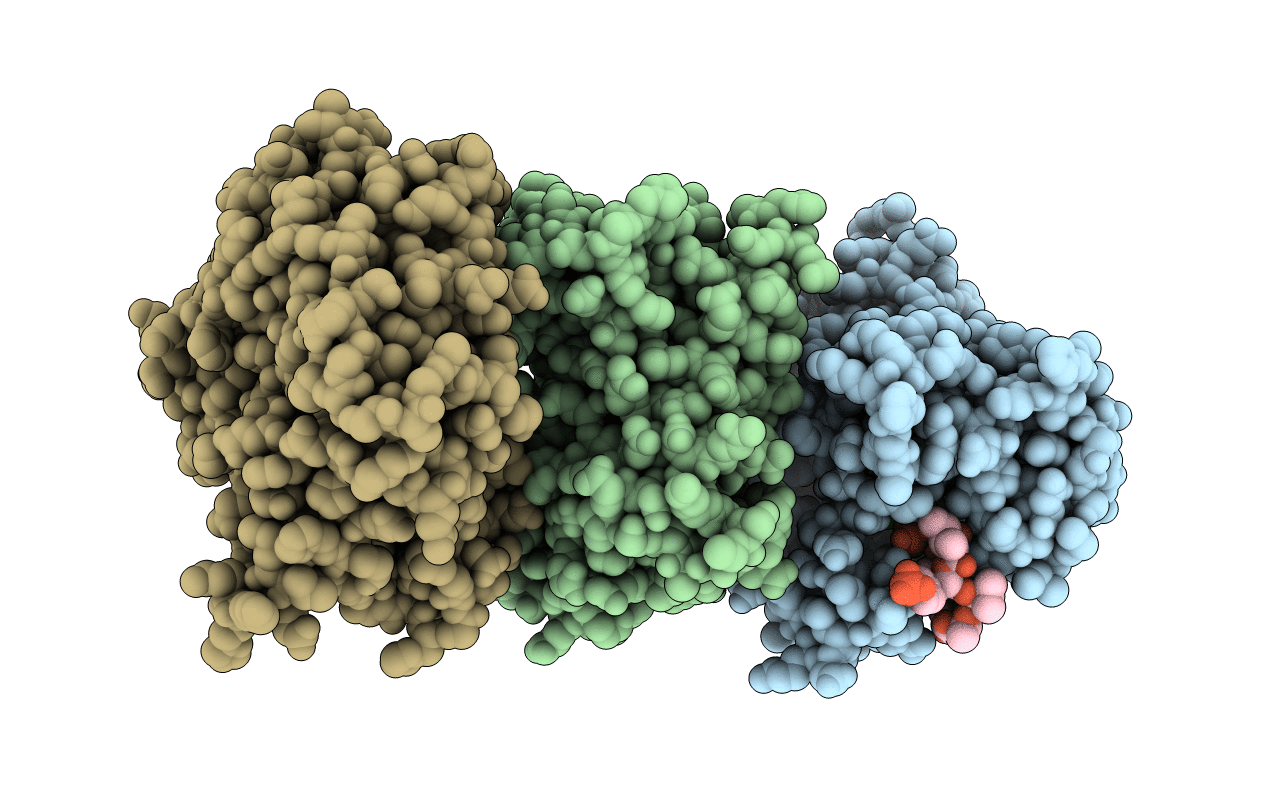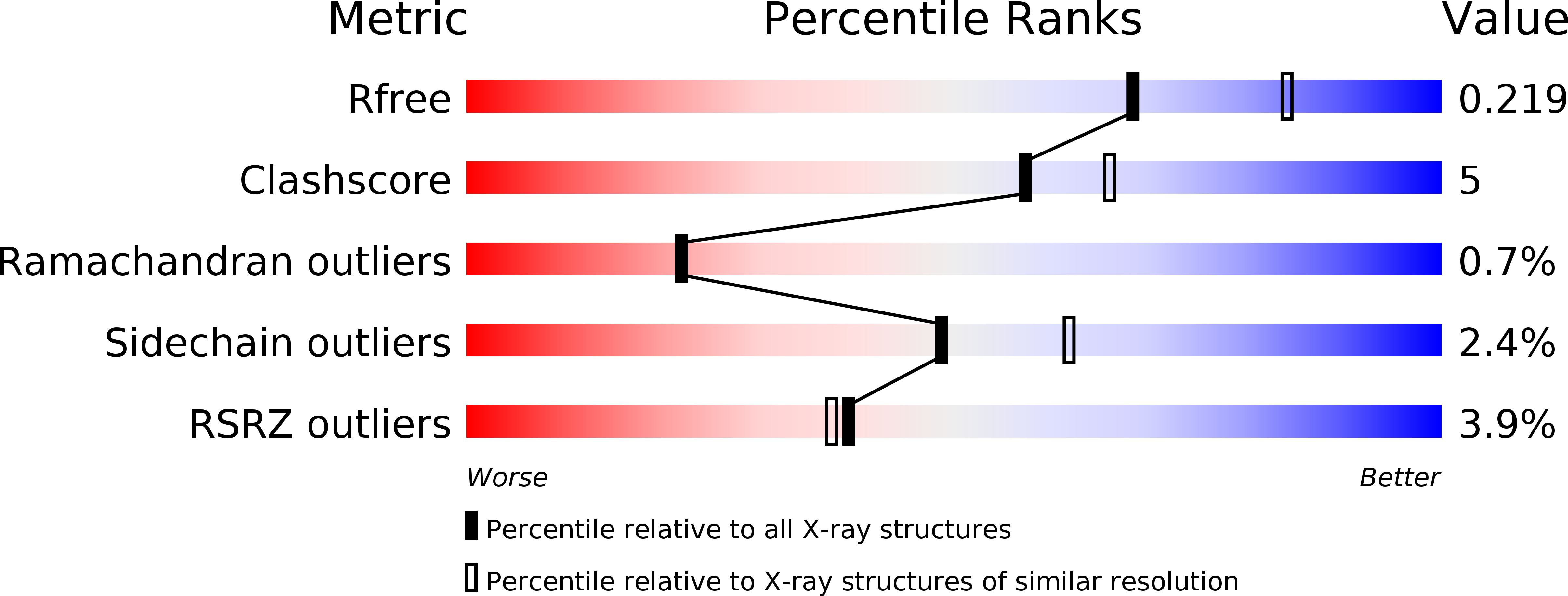
Deposition Date
2017-10-01
Release Date
2018-04-11
Last Version Date
2023-11-15
Entry Detail
PDB ID:
6B67
Keywords:
Title:
Human PP2Calpha (PPM1A) complexed with cyclic peptide c(MpSIpYVA)
Biological Source:
Source Organism:
Homo sapiens (Taxon ID: 9606)
synthetic construct (Taxon ID: 32630)
synthetic construct (Taxon ID: 32630)
Host Organism:
Method Details:
Experimental Method:
Resolution:
2.20 Å
R-Value Free:
0.22
R-Value Work:
0.16
R-Value Observed:
0.16
Space Group:
C 1 2 1


